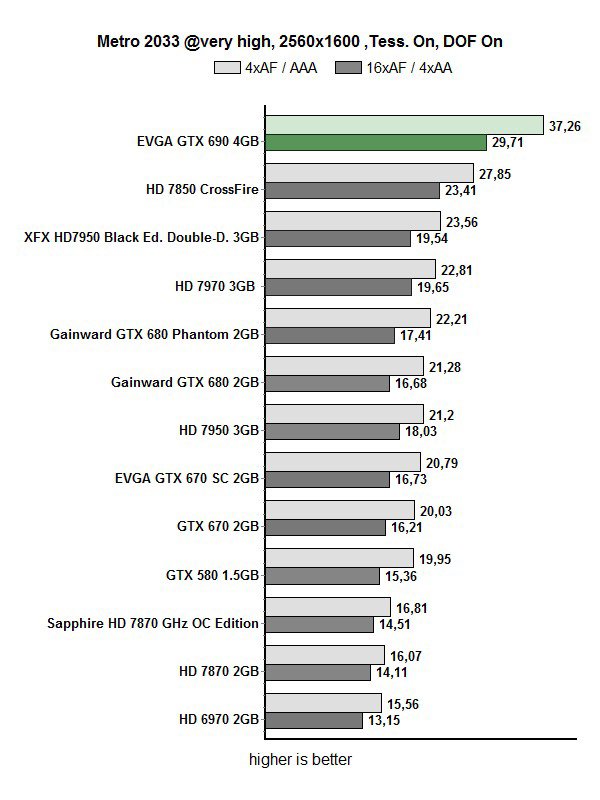Geforce GTX 690 launched on May 3, but it wasn’t until recently that first batches of cards were shipped to stores. So far you’ll only find reference design cards, but we’re sure that some water blocks or special coolers will crop up soon. Nvidia’s GTX 690 launched at $999, which is quite saucy, especially to the average gamer. However, the golden rule applies – no pay, no play. Well, at least not at this fps.
GTX 690 is quite scarce in Europe and it starts from €934.92. To make matters worse, available cards are priced at €958.50 and higher. Today, we’ll preview EVGA’s GTX 690 4GB based on the reference design.
We’re not sure any aesthetic effort, especially at such short notice, would’ve surpassed Nvidia’s design – the picture below speaks louder than words.
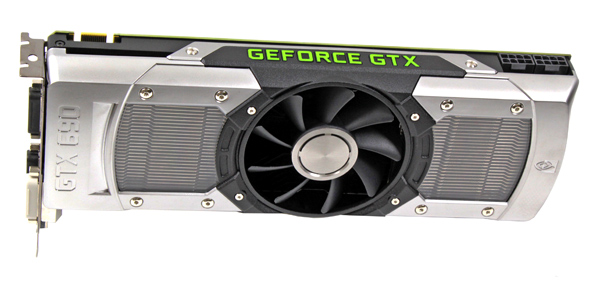
The only difference from the reference design is that EVGA made a LED controller utility to control the lighting. Please note that this utility is ONLY compatible with the EVGA GeForce GTX 690.
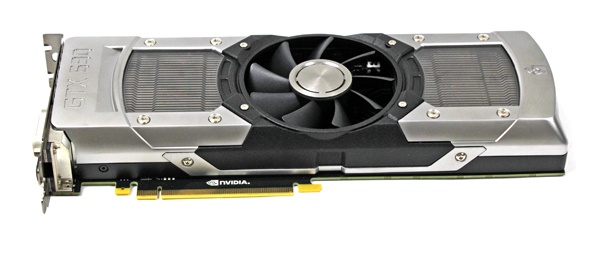
EVGA currently offers two GTX 690 cards. One of them is a standard EVGA GTX 690, which we’re testing, while the other is EVGA’s Signature Edition. Naturally, EVGA’s planning for more aces up its sleeve and hinted that a special model is also in the works.
Both the standard and the Signature Edition share the same specs including a total of 3072 CUDA cores, 915MHz base and 1019MHz boost clocks and a total 4GB of GDDR5 (2GB per GPU) memory clocked at 6008MHz and paired up with a 256-bit memory interface for each GPU. If you recall, the memory’s reference clock is the same as on the GTX 680. However, GTX 680’s GPU runs at 1006MHz.
Signature Edition doesn't change anything but throws in a special bundle that includes limited edition EVGA gaming poster, GTX 690 Signature t-shirt and EVGA 690 signature mousepad. The plain version is currently listed at EVGA's web shop for US $999.99 while the Signature Edition goes for US $1049.99. We can’t help but wonder about the value one gets for $50 extra, since it may be considered a bit too steep for those who make EVGA their brand of choice.
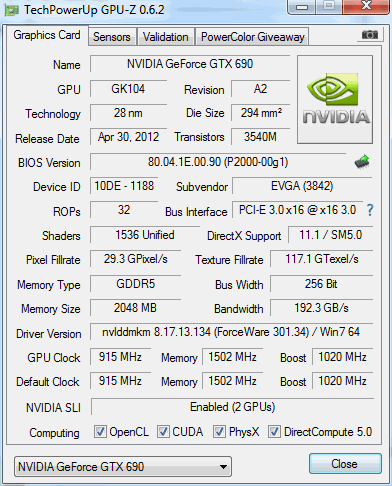
GPU Boost works on GTX 690 as well, so you can easily expect GPU clocks beyond 1GHz while gaming. Below you’ll find GPU clocks we got playing Metro 2033 at 2560x1600. As you can see, clocks went up to 1058MHz.
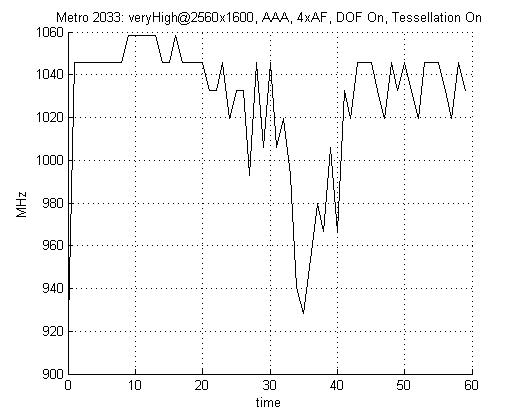
The LED under the sign „GEFORCE GTX“ shines constantly but EVGA allows users to play around a bit. The picture below shows the LED controller.
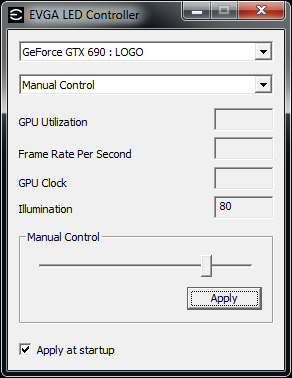
The first drop down let us select the card logo we want to adjust (option for Quad systems). The second drop down let us select various different options. IMPORTANT NOTE: Anything other than manual control REQUIRES EVGA Precision X to be running in the background! For FPS Monitoring make sure that you have FPS monitoring enabled in EVGA Precision X.
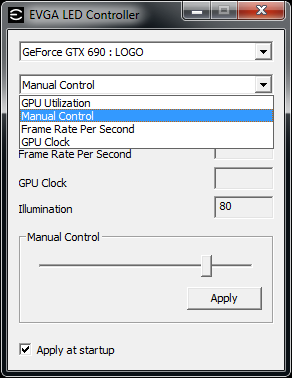
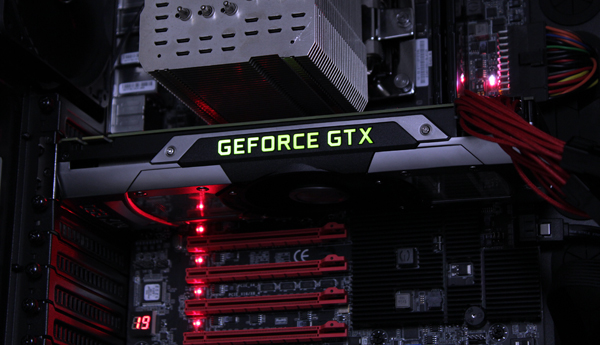
We were very pleased with noise levels and while you’ll hear the fan from a closed case, it’s not particularly loud. Thermals are on par with single-GPU GTX 680. Bear in mind though that GTX 680’s GPU runs at higher clocks, while GTX 690 carries two GPUs clocked lower. All in all, thermals and noise levels are good.
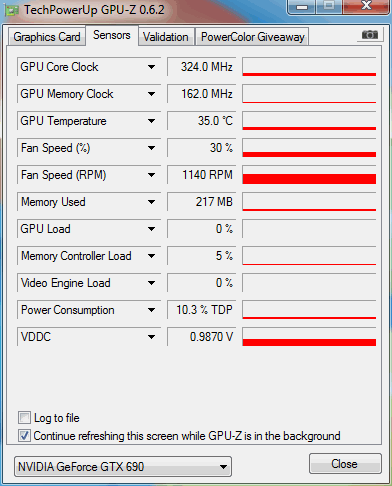
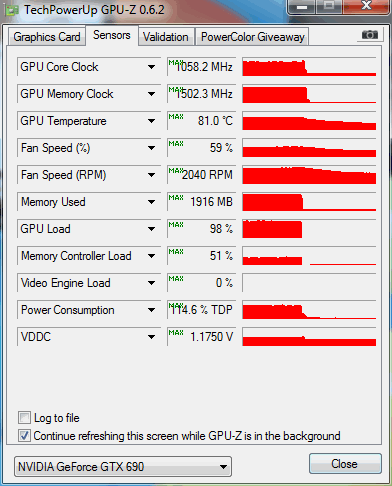
The card has two dual-link DVI-I outs, one dual-link DVI-D out and one mini DisplayPort out. EVGA used protective dust caps for the connectors.
We played Metro 2033 at 2560x1600 with maxed out effects. Compared to GTX 680, we see a whopping 76 percent better performance. Once we’re done with the full review, we’ll have GTX 680 SLI results that will paint an even better picture of the GTX 690, so stay tuned.
